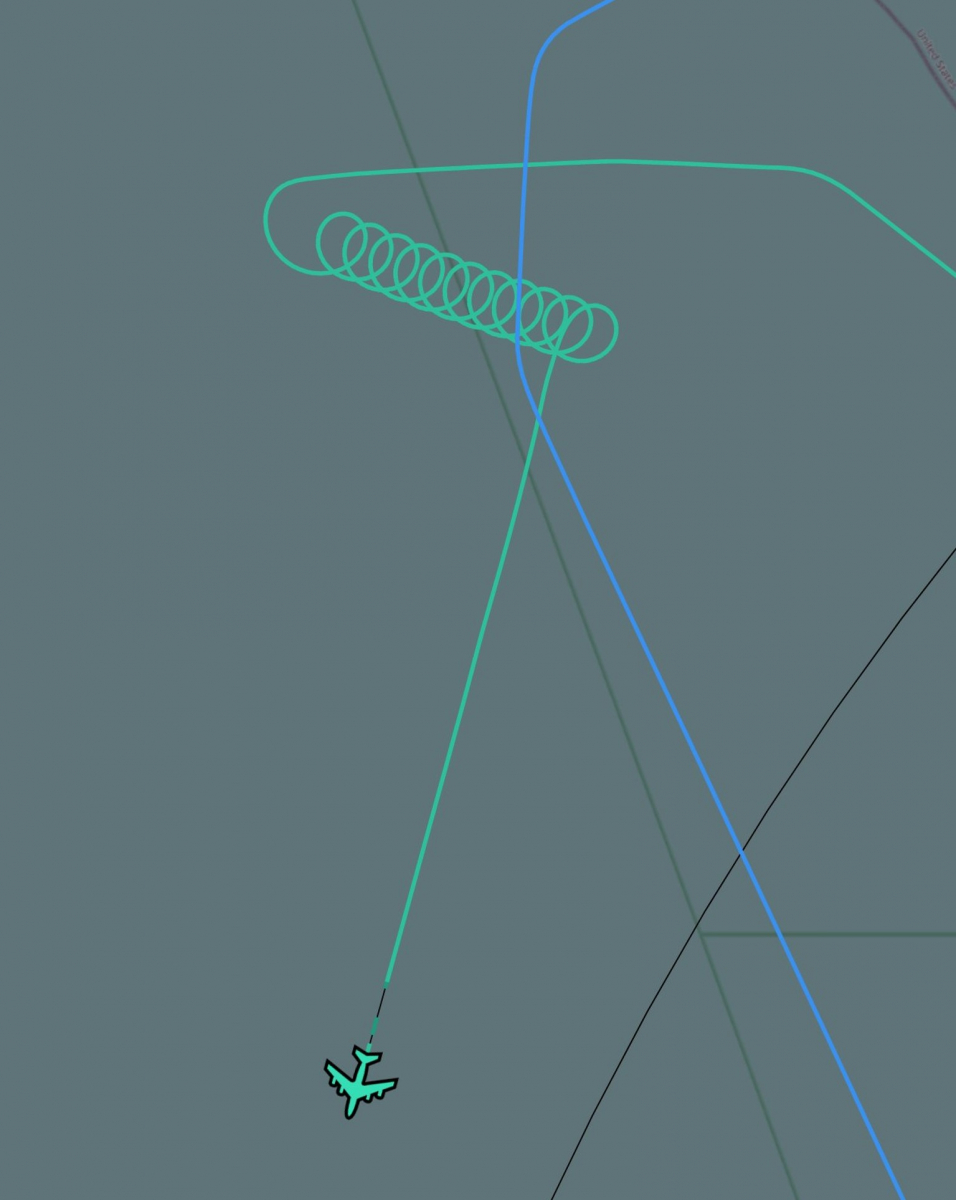The U.S. Navy will upgrade its liaison aircraft responsible for communicating presidential orders to nuclear-powered ballistic missile submarines and silos containing intercontinental nuclear missiles. Northrop Grumman also unveiled a first rendering of the E-6B replacement for this highly strategic mission.
Modernization of E-6B Mercury
When the President of the United States decides to use nuclear fire, his order is transmitted to the Strategic Command Center, which then sends the order to the various components of the U.S. nuclear triad. However, in the event of nuclear war, the command centers could be destroyed to prevent a nuclear strike. This is where the U.S. Navy's 16 E-6Bs come in.
The E-6B is a communications aircraft based on the Boeing 707. It must allow strategic units in charge of nuclear deterrence to remain in contact with the American high command. Thus, it performs two permanent missions:
- The Take Charge and Move Out (TACAMO) mission. This is their signature mission: to transmit the President's order to nuclear-powered ballistic missile submarines on patrol in the ocean. To achieve this, the aircraft unrolls two flexible antennas at very low frequency. The first one measures approximately 800 meters and is located behind the tail. The second is hidden at the back of the plane in a hatch and is no less than 8 km long. After having unrolled these two antennas, the plane will then carry out very tight rotations at low speed at approximately 20.000 feet of altitude. The goal of the maneuver is to put the 2 antennas at the vertical in order to optimize the radio emissions.
- The role of the USAF airborne command post (ABNCP). It must transmit the Presidential order to the intercontinental ballistic missile bases. The Mercury was not developed for this role, it was designed only for TACAMO missions. However, with the retirement of the EC-135 Looking Glass of the USAF, the E-6B had to add this capability, after the addition of communication systems specific to the U.S. Air Force.
These aircraft are therefore very important for the U.S. nuclear deterrence. They will also be modernized by Northrop Grumman via a contract of $111 million. The 16 aircraft will receive upgraded command, control and communication systems as well as other minor modifications. The entire fleet is expected to receive these new systems by 2027.
EC-130J-30, the E-6B replacement
In December 2020, the U.S. Navy selected the C-130J-30 as its future TACAMO aircraft. Unlike the E-6B, it will only perform TACAMO missions for nuclear-powered ballistic missile submarines and will not be involved in transmitting orders for intercontinental missile bases. Northrop Grumman earlier this week revealed an image of the future EC-130J-30 TACAMO. In addition, Collins Aerospace has been selected by the US Navy to conduct an initial analysis of the current E-6B very low frequency system. The goal is to modernize it and adapt it to the future EC-130J-30 TACAMO.


The Super Hercules was chosen because of its size and the success of the C-130 platform within the various branches of the Pentagon. The large number of Super Hercules currently in service will also reduce maintenance costs for this new variant of the C-130J. Finally, it is a rugged aircraft: to be able to lower the two VLF antennas, the aircraft must be able to fly at low speed at high altitude while making numerous circles (see images below). Finally, the C-130J-30 is an all-terrain aircraft, allowing for increased pre-deployment areas in the event of very high tensions between the United States and another country holding nuclear weapons.
The first flight of this very special C-130 is expected to be in fiscal year 2026.


Découvrez cet article sur Air&Cosmos

